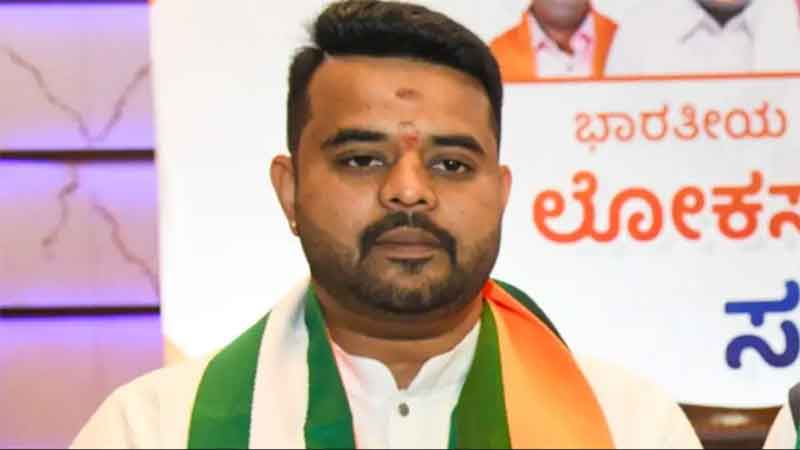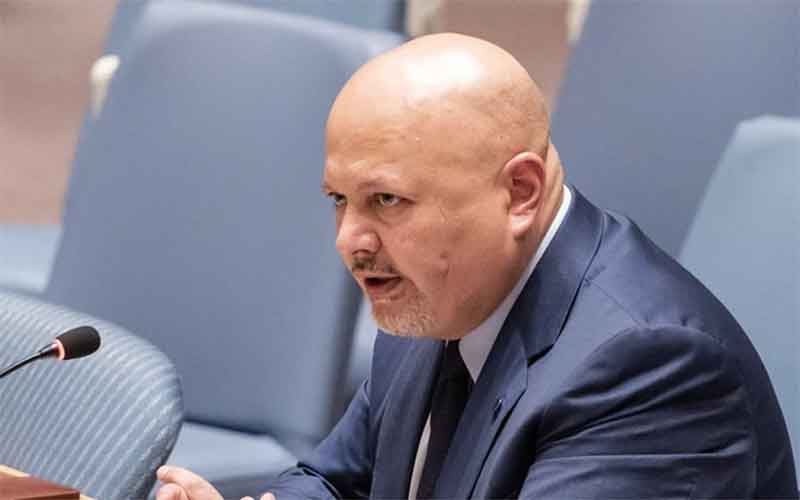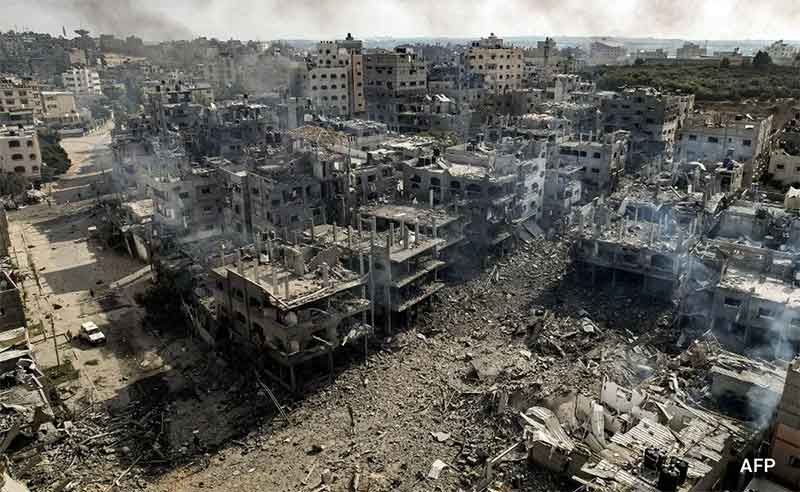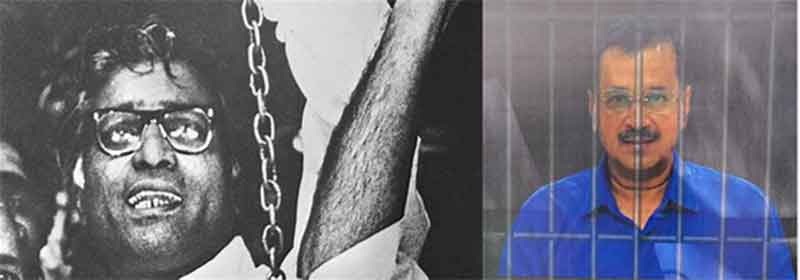
Considerable debate can be seen among media and social circles regarding the upcoming “Pran-Pratishtha” ceremony scheduled to take place in Ayodhya on January 22, 2024. This event, called Pran Pratishta, is being organized by the RSS, also causing controversy. The reason is that the proposed ceremony deviates from typical Hindu customs and rituals, which has raised concerns that it may have political motivations and a larger design to polarise the secular Hindu society for seeking political mileage. Essentially, the ceremony involves consecrating a 51-inch stone statue of Ram Lalla using a ritual called ‘Pran-Rratishtha’ that utilizes Hindu mantras to reinforce the divine life in Lord Rama’s statue. Since the ceremony is purely orchestrated by the RSS, hence prominent Hindu religious leaders have refrained from participating as this method is not typically practised in Hinduism. As a Hindu follower myself, I firmly believe that such rituals have no place in our religion. It is crucial to honour our customs and traditions and not exploit them for political gain. With the elections approaching, politicians may attempt to manipulate such events for electoral benefits, and it is essential to strongly denounce such actions.
The chief criticism revolves around the use of the term “Pran-Pratishtha” to describe the ceremony of installing the idol of Lord Rama in the newly constructed Ram Temple in Ayodhya (though the temple is under-construction and unfinished). In orthodox Hindu practices, the installation of an idol in a temple is known as ‘Murti Sthapana’, whereas the term ‘Pran Pratishtha’ refers to the installation of the life force or divine energy into an idol. This deviation from the established terminology is not just a semantic concern, but it reflects a broader issue of misrepresentation and distortion of original and authentic Hindu rituals. This kind of ceremony contradicts the RSS’s long-lasting stand on Ram Lalla idol, as the saffron brigade used to worship the metal form Ram Lalla, which was installed immediately after the demolition of the Babri Masjid in 1992 in a makeshift temple. There is no clarity about the future of that metal form Ram Lalla idol, which was considered a charismatic emergence of Lord Rama beneath the central dome of the Babri Masjid immediately after the demolition of Babri Masjid.
As per the Ayodhya Judgment by the Supreme Court of India dated November 9, 2019, the exclusion of Muslims from worship and possession of the Babri Mosque took place on the night of December 22/23, 1949. This happened when Hindu idols were installed in the mosque, leading to its desecration. The idol of Ram Lalla, a representation of Lord Ram as a child, was placed under the central dome of the Babri Mosque. It was made of metal and was only nine inches tall. The idol was worshipped at that time and continued to be worshipped even after the demolition of the mosque on December 6, 1992. Hindus established a makeshift temple post-demolition of Babri Masjid and continued worshipping the idol at the site of the central dome of the mosque. However, it is unclear what the future holds for the original metal idol of Ram Lalla now that a new Pran-Pratishta ceremony has taken place.
The controversy surrounding the consecration of an idol in a temple that is not yet completed is a matter of great concern for Hindu society. The Pran-Pratishtra ceremony, which is being carried out in such temple, is considered a deviation from the core religious tenets of Hinduism. This ceremony not only defies the intricate symbolism embedded in Hindu temple architecture but also introduces ominous undertones (treated as Apshakun) that stand in stark contrast to the core values of Hindu philosophy. As such, it is imperative to acknowledge and rectify such deviations to preserve the spiritual essence and authenticity of Hindu practices. Top leading figures of the Hindu religion and Sanatan Dharma leaders have decided to stay away from such events that do not follow the rules of Sanatan Dharma, denoting such practices have no place in Hindu society as how they can inaugurate or celebrate a religious function in a half-done or unfinished temple. Straying from the prescribed norms and symbolism not only dilutes the sanctity of the consecration but also jeopardizes the spiritual and cosmic harmony that Hinduism seeks to impart through its sacred rituals.
It is imperative to mention that in large Hindu society, the concept of ‘Pran Pratishtha’ has never been a widespread tradition. The BJP and RSS leaders’ insistence on employing this term not only raises questions about their understanding of Hindu customs but also suggests a deliberate attempt to manufacture a different and peculiar ritual for political mileage. Hinduism, being a diverse and pluralistic religion, has various regional practices, but ‘Pran Pratishtha’ as a widely accepted term is historically inaccurate and completely wrong.
The ceremony of Pran-Pratishtha is considered blasphemous by some due to the entrenched belief in the Hindu society that Lord Rama is omnipresent and present in all physical objects. The act of organizing such an event to reinforce the divine life in the Lord Rama idol through unproven claims of Pran-Pratishta is seen as a blasphemous act. Under which authority, rule or direction they can reinforce the divine life in Lord Rama’s idol who is the life-giver to all living and non-living things. Additionally, the shift of the original place of birth of Lord Rama by political groups is also considered blasphemous. This act should be condemned by those who are conscious-minded.
In Hindu philosophy, Lord Rama is believed to be omnipresent and cannot be confined to a specific object or place. To think otherwise would be disrespectful to Him. Similarly, it is wrong to imagine God existing only in one object- the large Hindu society believes in theology that Lord Rama exists in all tangible and living things i.e. Kan Kan Mai Ram. Some people believe that idols can become a physical representation of God, but this cannot be true as a physical object cannot possess consciousness. Additionally, if mantras can call upon God, why can’t they bring someone back to life or make someone’s soul leave their body? The truth is that the spirit of God is everywhere and cannot be confined to any specific object or place.
According to the Dayananda Saraswati, founder of Arya Samaj “There is not a single verse in the Vedas to sanction invocation of the Deity and vitalization of the idol, likewise, there is nothing to indicate that it is right to invoke idols, to bathe them, to install them in temples and apply sandal paste to them.” He quoted YAJUR VEDA (32:3) as a proof to show fallacy of the ritual, “The formless Supreme Spirit that pervades the universe can have no material representation, likeness or image.”
The timing of this grand ceremony in Ayodhya, coupled with the choice of terminology, points to a blatant politicization of religion. BJP leaders seem to be capitalizing on the emotions associated with Ayodhya and Lord Ram to garner support for the upcoming Lok Sabha elections in 2024. This opportunistic use of religious sentiments not only undermines the sanctity of the rituals but also risks deepening the existing communal fault lines in Indian society. It can be safely be stated that the appropriation of ‘Pran Pratishtha’ in the Ayodhya ceremony reflects a dangerous trend of distorting and misrepresenting Hindu rituals for political ends. By perpetuating such inaccuracies, the BJP leaders not only risk eroding the rich tapestry of Hindu traditions but also set a precedent for future events where political expediency takes precedence over religious authenticity. The consecrated ceremony in Ayodhya, framed as ‘Pran Pratishtha,’ raises red flags about the politicization and distortion of Hindu rituals by the BJP leaders. The deviation from the traditional ‘Murti Sthapana‘ terminology, coupled with the timing of the event, suggests a calculated move to manipulate religious sentiments for electoral gains. This trend not only undermines the cultural and spiritual heritage of Hinduism but also poses a threat to the secular fabric of the nation. It is crucial to scrutinize and resist such instances to preserve the real diversity and authenticity of Hindu practices.
Dr Narender Nagarwal teaches at Campus Law Centre, Faculty of Law, University of Delhi















































